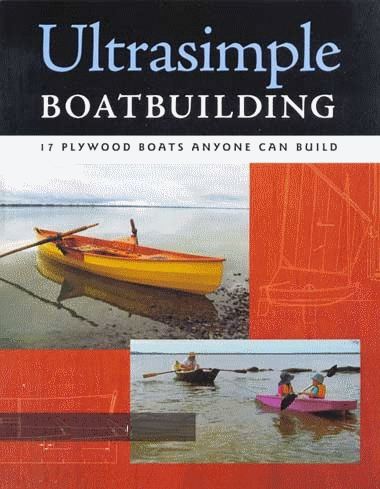

Boat Trailer Plans Australia
 |
| The teak doesnt look too bad in the photos but it is pretty well worn down between the caulking lines and occasionally offers up a splinter. There are also rows of bronze staple ends that are beginning to emerge from the teak in several areas. |
 |
| The dots in the foreground are staple ends sticking up through the wood. |
I think the way Beneteau makes the teak panels is to lay the teak planks on a table with the caulking grooves on the bottom, then staple them together to make panels. After the planks are stapled together into panels, they flip them over and fill in the grooves with silicone caulking. This makes the finished panels flexible enough to conform to the curvature in the seats. Then they fit the panels into recesses in the deck, bedding them in what looks like black 3M 4000 Polyether adhesive.
It was fairly easy to pry the teak off the deck, but much more labor intensive to remove the black adhesive. I finally resorted to a set of sharp chisels to scrape the black gummy adhesive off the fiberglass. The bead around the perimeter is similar to Dow 795 silicone and was fairly easy to remove with a razor knife and a chisel.
 |
| In this photo the teak has been removed, but you can see a few spots where some of it stuck to the adhesive. Notice the parts where there are vertical lines. Beneteau applied the adhesive with a serrated trowel and then bedded the teak in the stuff. You can see where the teak was actually in contact with it and where it wasnt. You can also see the bead of silicone around the perimeter. |
 |
| To get the teak off, I first cut the silicone around the perimeter with the razor, then using the hammer, carefully drove a chisel in between the edges of the teak and the fiberglass. Once it was started, I could drive the screwdriver further under the teak and pry up large chunks or complete planks of it. |
 |
| Here you can see where I have removed the adhesive from part of the portside cockpit seat. |
To remove the adhesive, I used a razor knife to scribe sectional lines into it, then worked a sharp chisel between the adhesive and the fiberglass. I was able to remove most of it this way. Then I used the chisel to scrape off as much of the remaining adhesive as possible. Later I will sand the rest of it off.
It took several long days to get all the adhesive off the deck. It was fairly dull work but there is a lot going on in the industrial part of the harbor and I often paused to watch as ships came in to unload their cargoes from all over the world, then reload and head out to sea again. There was also no shortage of interested passersby, many of whom stopped to check my progress and offer advice, so the days passed quickly and before long the job was done.
I decided to replace the teak with PlasDECK synthetic teak instead of real teak for several reasons, not the least of which was the cost. The price Beneteau quoted for replacement teak panels was a little north of $3,000, while the synthetic material runs about $1,000. But price is only part of the reason for choosing PlasDECK. Its made of recycled plastic and I like the idea of putting less plastic in landfills. It is easier to keep clean and is quite durable. Of course no knowledgeable person is going to mistake synthetic for real teak, but Im okay with that. You can learn more about this material by visiting Plasteak.com.
The next step was to make templates for the replacement panels. I used 6 mil poly sheeting as pattern material, and glued it in place with a light spray of aerosol contact cement. Then I inscribed the outline of the perimeter of each piece along with all the other information the manufacturer needs to fabricate the replacement panels. Ill send them off tomorrow morning and in about three weeks the panels will be delivered.
 |
| The pattern material is temporarily glued in place, then marked with all the necessary information. |
 |
| Its important that the "caulking lines" of the new panels line up properly so the patterns were carefully marked to show where they should be. |
While Im waiting for the finished panels Ill have lots of time to finish removing the black adhesive from the seats and maybe even spend a couple of days at the Island.

Do you find information about Boat Trailer Plans Australia are you looking for? If not, below may help you find more information about the Boat Trailer Plans Australia. Thank you for visiting, have a great day.



0 komentar:
Posting Komentar